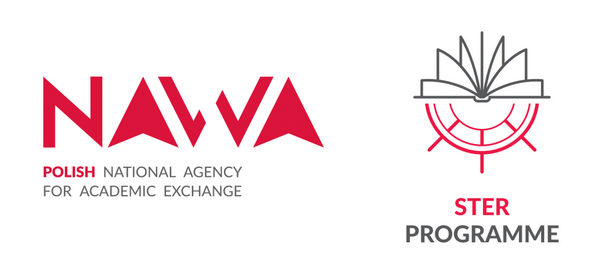Research in this field focuses in following areas:
- Elaborating new materials (including nanomaterials) which can play the role of the optical phantom of tissue such as blood, skin, brain, liver. Materials are optimised for simulation of particular parameters of the tissues and can be used for calibration ofbiomeasurement systems.
- Optical Measurements including low-coherence interferometry, optical spectroscopy and Raman Spectroscopy dedicated for investigation of wide range of biomaterials as well as for their fast and non-destructive investigation. Area includes multimodal sensors, on-line optical measurements as well as use of machine learning methods and the development of new algorithms in this area. Examples of application are label-free detection of medicine and development of photonics devices for fast analysis of body fluids (e.g. blood) and their parameters.
- Use of fiber-optic technology and the application of optical measurements in biomedicine in places with hard access. Examples are fiber optic sensors of refractive index, hematocrit level and temperature.
- Thin-film diamond based sensors, e.g. electrochemical sensors for fast and high sensitive detection of selected biomaterials (e.g. pathogens) in harsh environment.
- Diagnostics and rehabilitation systems dedicated for support disabled children. Examples are stress monitoring system for children, IT solution for people with autism (ASD), optoelectronic devices for development stimulation, human-machine interfaces.
Research in this field is carried out in cooperation with medical institutions as well as companies producing equipment and software for diagnostics and therapy as well as for optical measurements. New research topics in the presented fields are possible and can be discussed with a potential supervisor.
Keywords:
low-coherence interferometry, Raman spectroscopy, optical mesurements, data processing, multimodal sensors, thin-film diamond, machine learning


